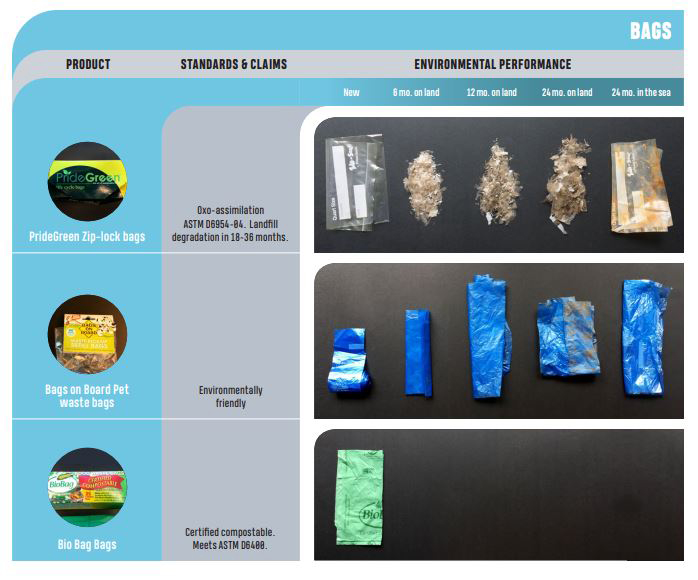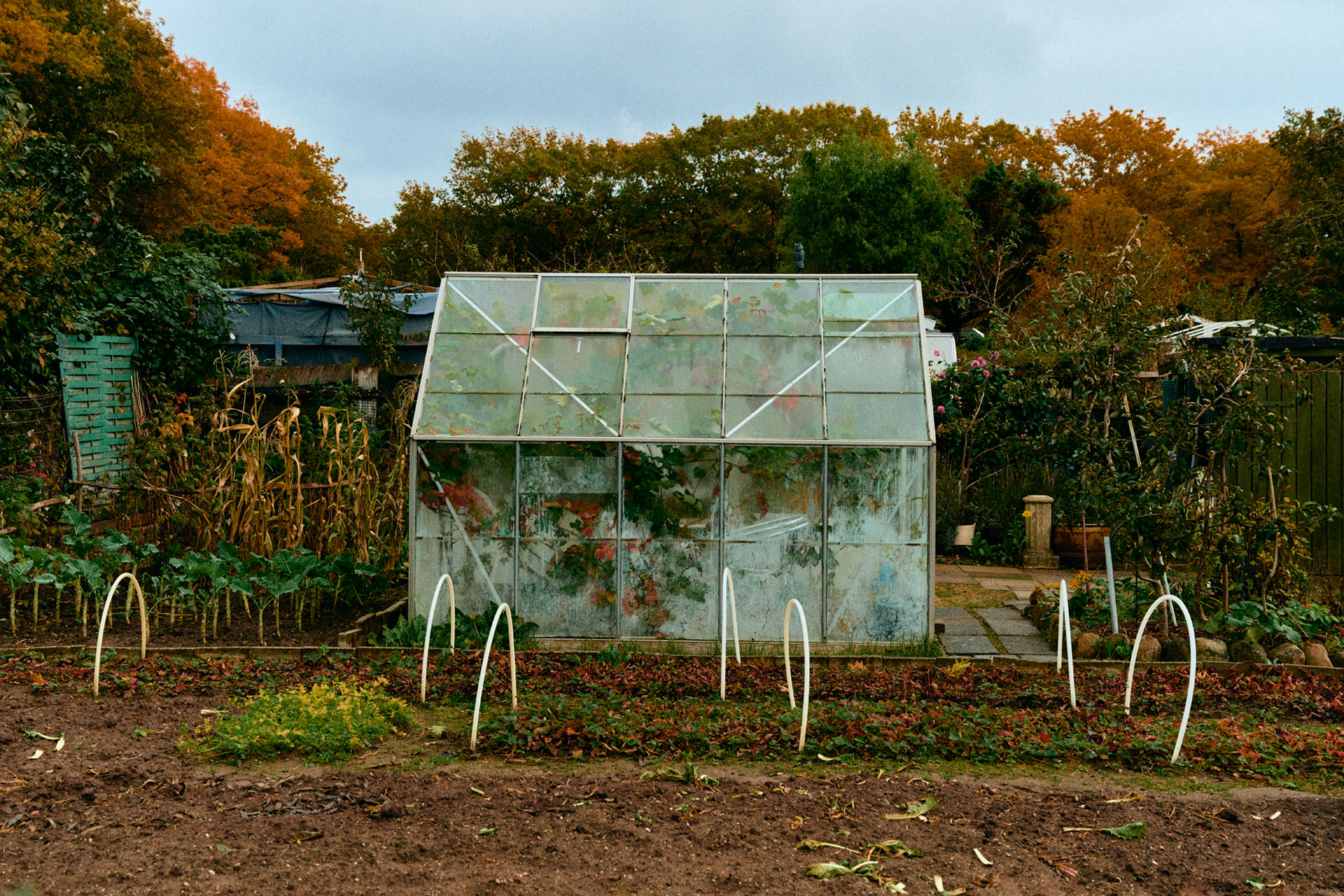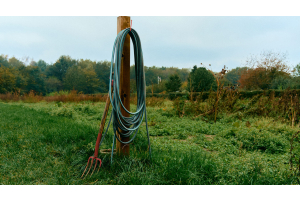Monthly Archives: March 2020
-
Posted: December 15, 2020Read more »
“Soil is not renewable and it takes more than 2000 years to form a 10 cm layer of soil. But our lives depend on the soil – all production of food begins in the soil and soil binds enormous quantities of CO2 that would otherwise be released into the atmosphere. But in spite of this, the UN’s Food and Agriculture Organisation assesses that 33% of the planet’s soil is degraded and damaged by chemical contamination, acidification, nutrient imbalance and more,” says Novamont CEO, Catia Bastioli.
“If everyone knew that soil fertility, which is the basis of our food supply, was not renewable it would be a lot easier to create a sense of individual and collective responsibility.” “The combined effects of climate change and an exhausted soil can, over the course of the next 30 years, reduce agricultural output by half in some drought-affected regions. Globally, we need much more organic material and a comprehensive separation of food waste and organic materials can help contribute to that,” says
-
Posted: March 02, 2020Categories: MicroplasticsRead more »
Four sets of Biobags were tested - one in a backyard compost box for 6 months, a second for 12 months, and the last for 2 years. The composting environment was an open-air box, with the items placed in clay flower pots, and then buried 6 inches and left untouched in the composting bed until recovered. This served as a stand-in “best case” scenario for if that product was littered on land and was in contact with soil. It was not meant to simulate an actively managed and turned home compost system or an industrial compost environment. The fourth set was submerged under a dock in the ocean for 2 years.
-
Posted: January 27, 2020Categories: MicroplasticsRead more »
How the study was conducted
The research team used the biodegradable polymer PBAT, which they labelled with a carbon isotope. This isotope labelling allowed the researchers to trace the polymer-derived carbon in various biodegradable pathways in the soil. It turned out that the carbon from PBAT had not only become carbon dioxide (CO2) as a result of microbial respiration but had also been transformed into biomass by the microorganisms.Biodegradable bioplastic decomposes
It has been scientifically proven that biodegradable bioplastic actually decomposes. The researchers are the first to show where the carbon from a polymer ends up and that the plastic material is fully biodegradable in the soil. "It shows that there are no residues after the biodegradation other than water, CO2 and biomass," says Hasso von Pogrell, Managing Director of European Bioplastics







